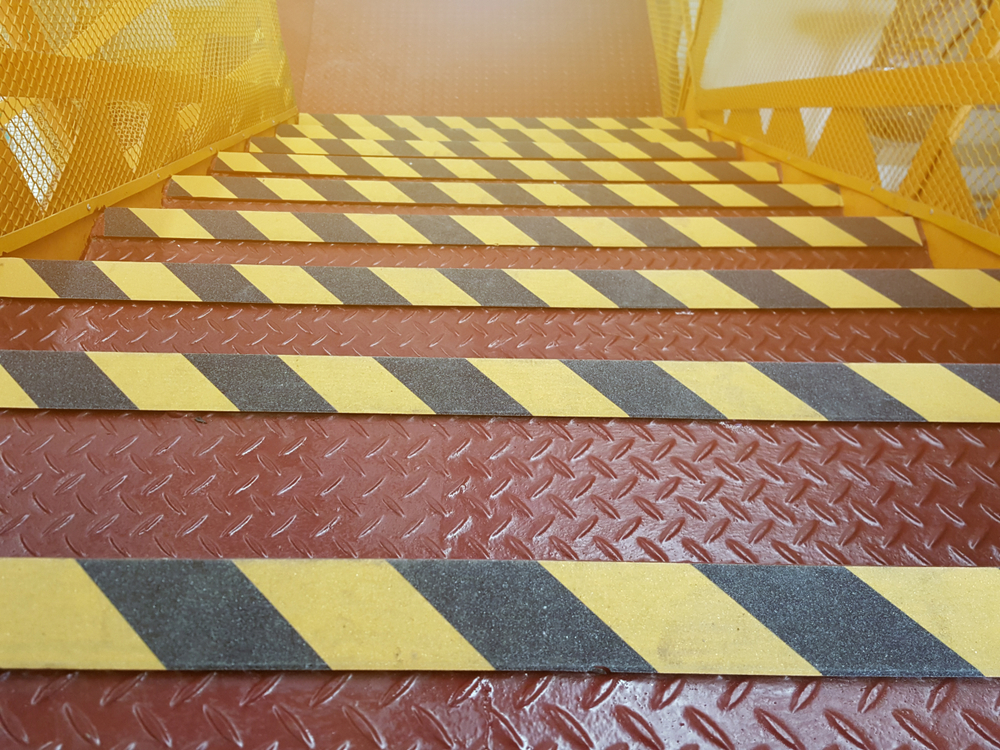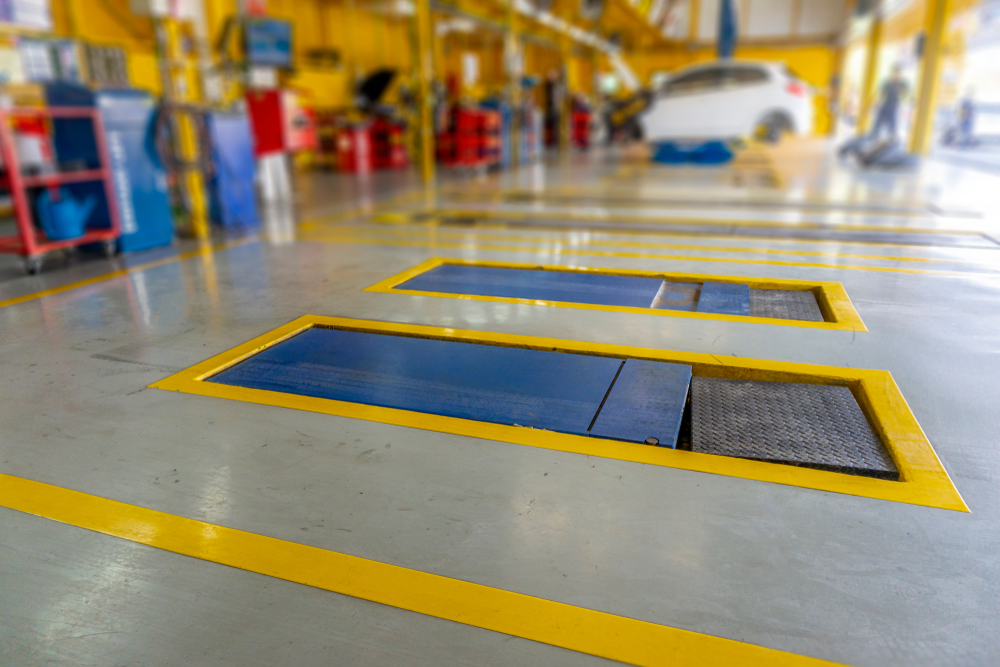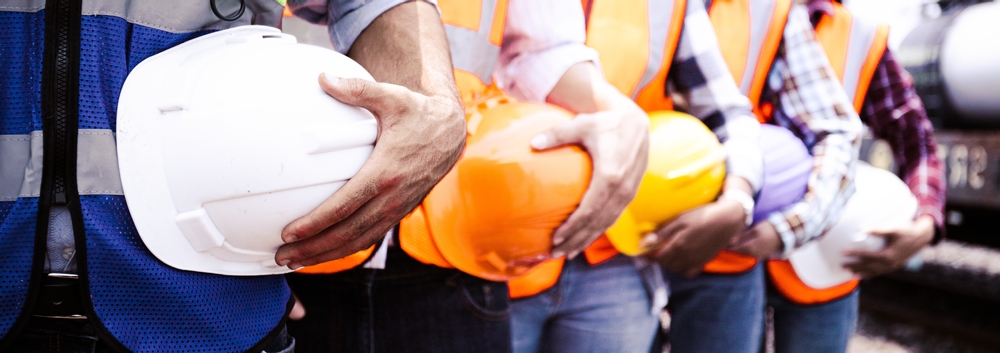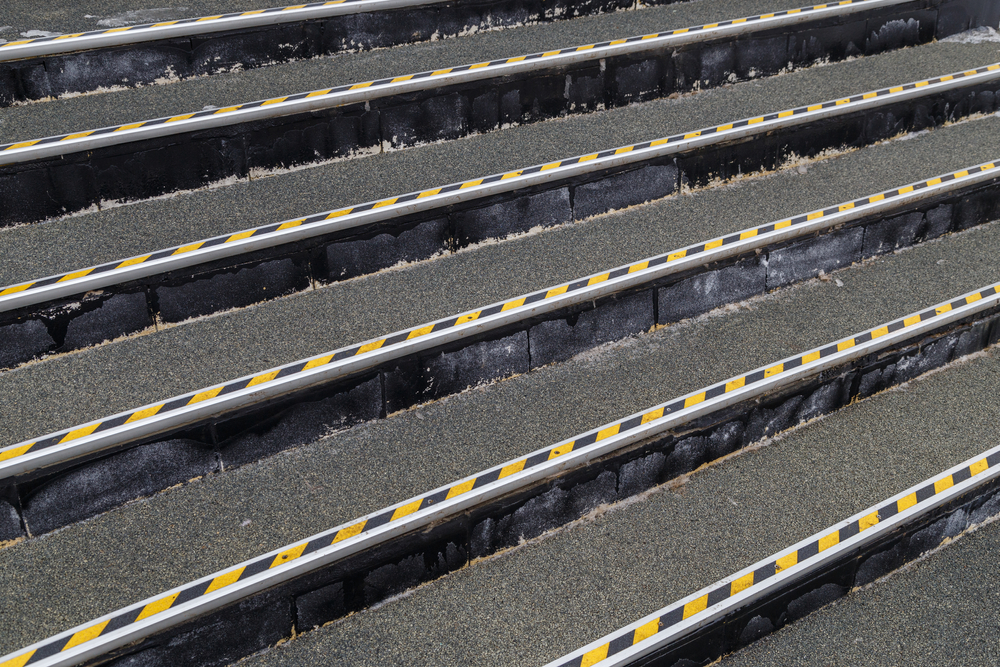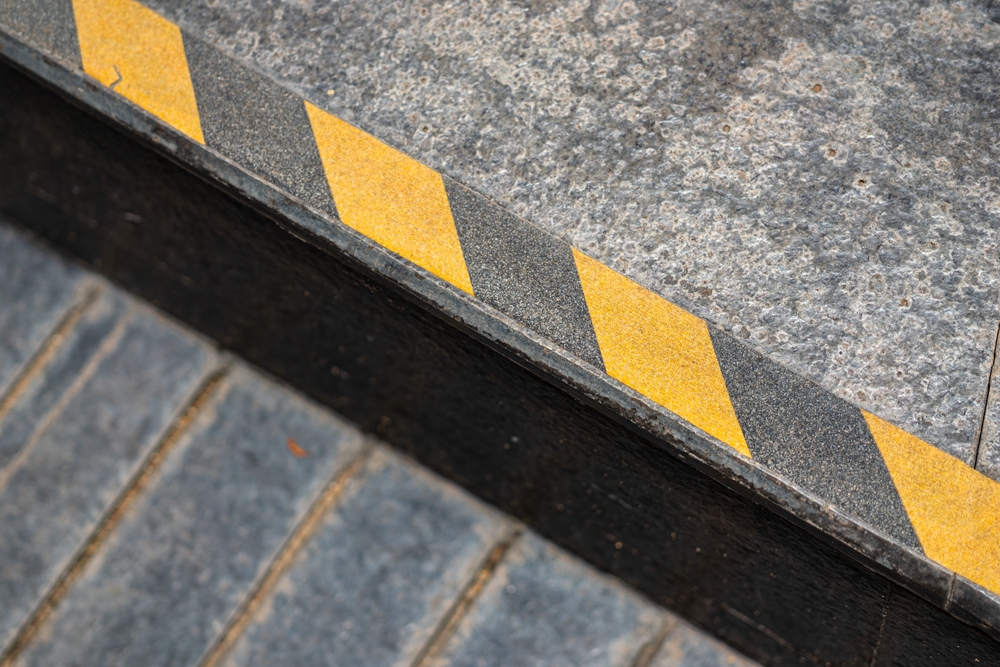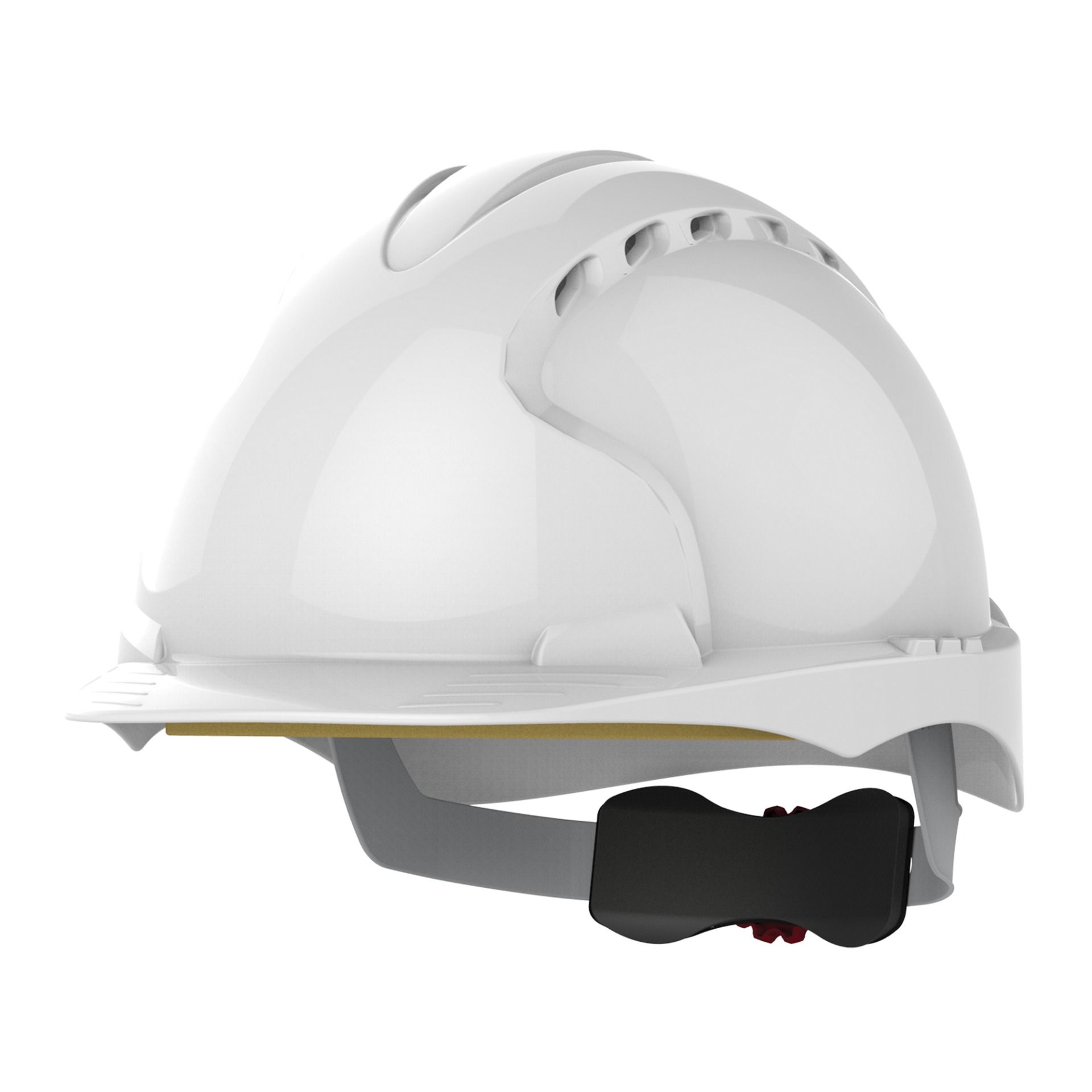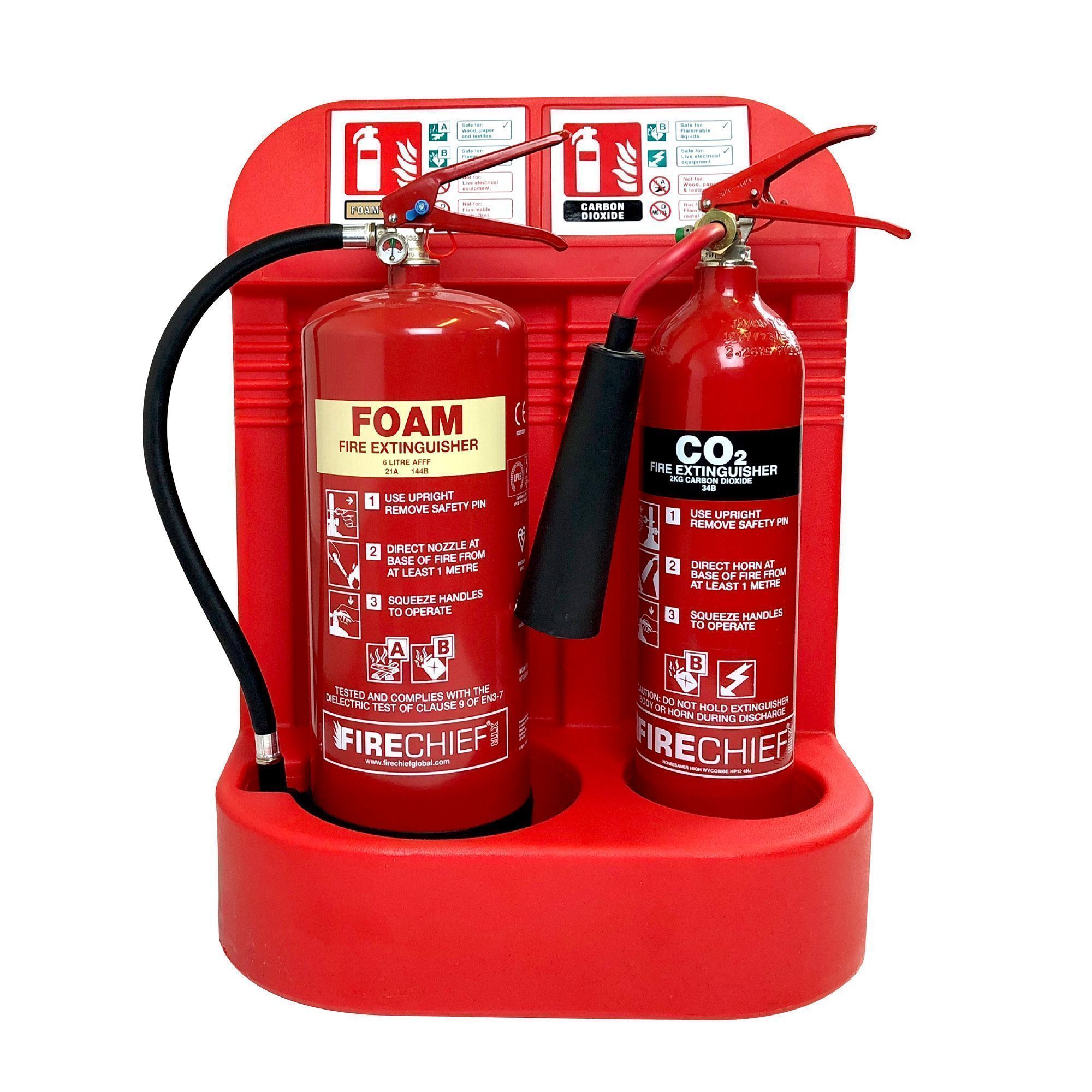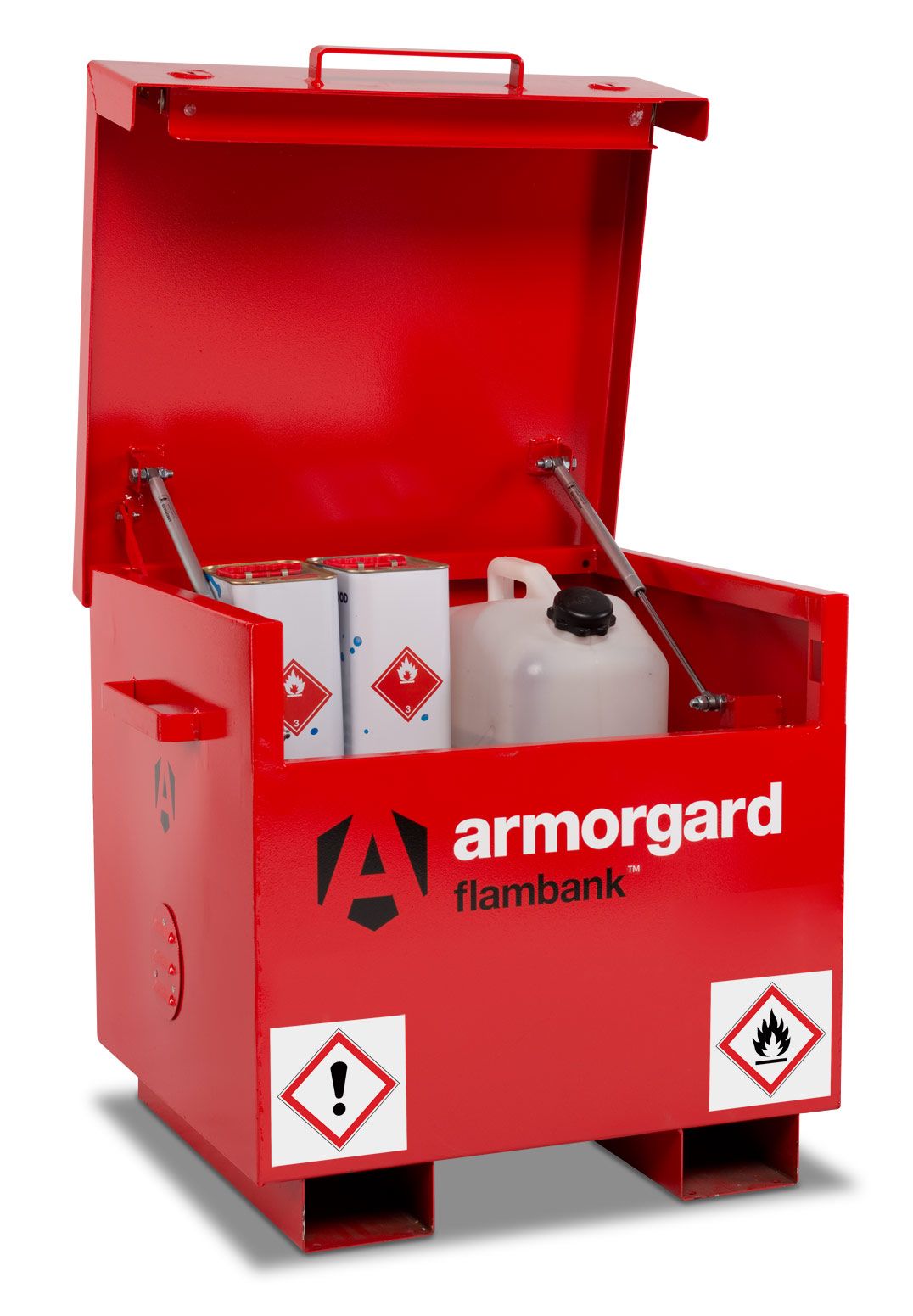Safety signs have been proven to be a highly effective way of highlighting occupational hazards and safe practices in busy workplaces, and represent a key element of any responsible business’s health and safety strategy. However, their effectiveness as a safety measure is very much dependent on correct usage.
All too often, businesses fail to get the best out of their safety signs by making avoidable mistakes in how the signs are placed or selected. At best, this can lead to confusion and a lack of clarity; at worst, it can make the workplace more dangerous, and put workers at greater risk of suffering an accident.
To help your organisation avoid the negative consequences of poorly-utilised signs, here are a selection of some of the most common mistakes companies make when putting up safety signs. Taking steps to avoid these errors will go a long way to keeping everyone on site well-informed and safe.
Putting signs in the wrong places
One of the most frequent - and easily-committed - mistakes to be made when investing safety sign is simply not understanding the best place to put them. This may seem like a trivial matter, but in reality, the placement of a sign can make a world of difference to its effectiveness.
In many cases, signs designed to communicate vital safety information end up being placed too high up for workers to see easily without specifically looking for it; at other times, the sign will be affixed in a location where it is easily blocked by surrounding items, or objects will be placed in front of the sign to obscure it from view.
Other common errors include putting up the sign too far from the intended location - meaning workers do not associate the sign with the hazard in question - or placing it so close that onlookers do not have time to actually see the warning until they are already in danger. Placing non-illuminated signs in poorly-lit areas is also unlikely to deliver any real benefits.
The solution to this problem is straightforward - simply put, companies need to make sure that safety signs are always easily visible to the workers that need to see them. For more information on this topic, check out our guide to positioning safety signs in the right places.
Failing to keep safety signs well-maintained
Poor safety sign maintenance is another issue that can severely compromise the accessibility of the information these signs are supposed to convey. A broken, faded, worn or corroded sign not only looks shabby, but can also be difficult to read or understand - meaning their value as a safety aid is essentially lost.
Similarly, companies need to ensure that signs that are required on a permanent basis are affixed securely to ensure they cannot be knocked down. If a sign is left up for a long time, it’s also important to ensure that the information on it remains relevant, and that the notice is updated or removed if circumstances change, as outdated safety information can be extremely and dangerously misleading.
Remember - like all aspects of health and safety, safety signs should be considered a regular area of investment and improvement, rather than treating them as a one-time transaction to be dealt with and forgotten about.
Placing too many signs close together
In certain industries, even the best-regulated workplaces will be host to a number of unavoidable hazards. It is right to invest in safety signs to keep workers educated about these risks, but these businesses should nevertheless be careful about putting too many signs too close together.
Placing a glut of safety signs in close proximity can be counterproductive for several reasons. The surfeit of signage is likely to be overwhelming, thereby dulling the clear visual communication that such signs are supposed to provide, and makes it harder to ensure that staff are getting the most relevant information. Onlookers may not be able to see warnings that apply to them due to another notice catching their eye, or ignore the signs completely due to the sheer number of them.
The best approach will be to apply a judicious approach to placing signs, ensuring that the most essential warnings take priority, and that efforts are made to space the notices out. It can also be a good idea to invest in a custom safety board for your site, which provides a central location to showcase comprehensive safety information, without needing to cover the entire workplace with unnecessary signage.
Vague or unclear messaging
Although safety signs are mostly a visual tool, many will require a certain amount of text to make their message clear. Getting this messaging right is a matter of balance, as too much or too little text can cause contrasting problems.
If the sign has too much written information on it, it can be visually confusing and dull the impact of the notice - especially for those who do not speak fluent English, or who may otherwise have trouble reading the text. On the other hand, too little text can make the purpose of the sign unclear: if, for example, a notice warns vaguely of an “overhead hazard” or a “trip hazard” without specifying what this actually is, the worker will not know what to expect or look for, making it hard to take effective precautions.
An ideal safety sign should be clear and concise, simply stating the precise nature of the hazard and the action that should be taken to avoid it, accompanied by an appropriately communicative image. By placing well-designed signage in the optimal locations and looking after them properly, your business will be able to achieve significant and meaningful health and safety benefits.
To browse a full range of safety signs for your workplace, check out what SafetyBuyer has to offer. If you’d like to learn more about our products and services, call us on 0800 043 0161, or send us an email at sales@safetybuyer.com.
 Over 12,000
Over 12,000  Simple no quibble
Simple no quibble  Prompt dispatch &
Prompt dispatch &  UK Mainland Delivery
UK Mainland Delivery 
